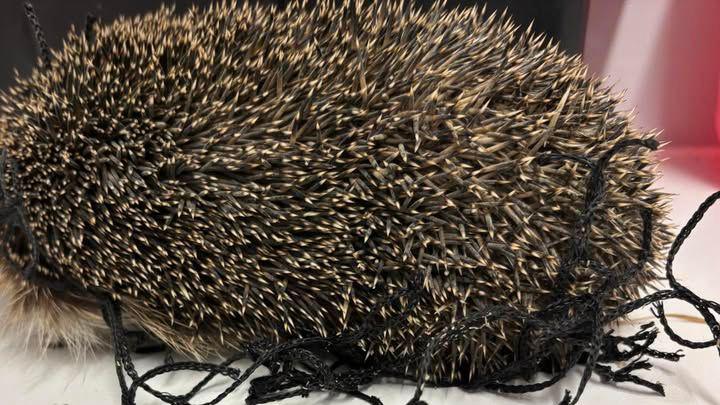Heron tangled in fishing wire beats the odds
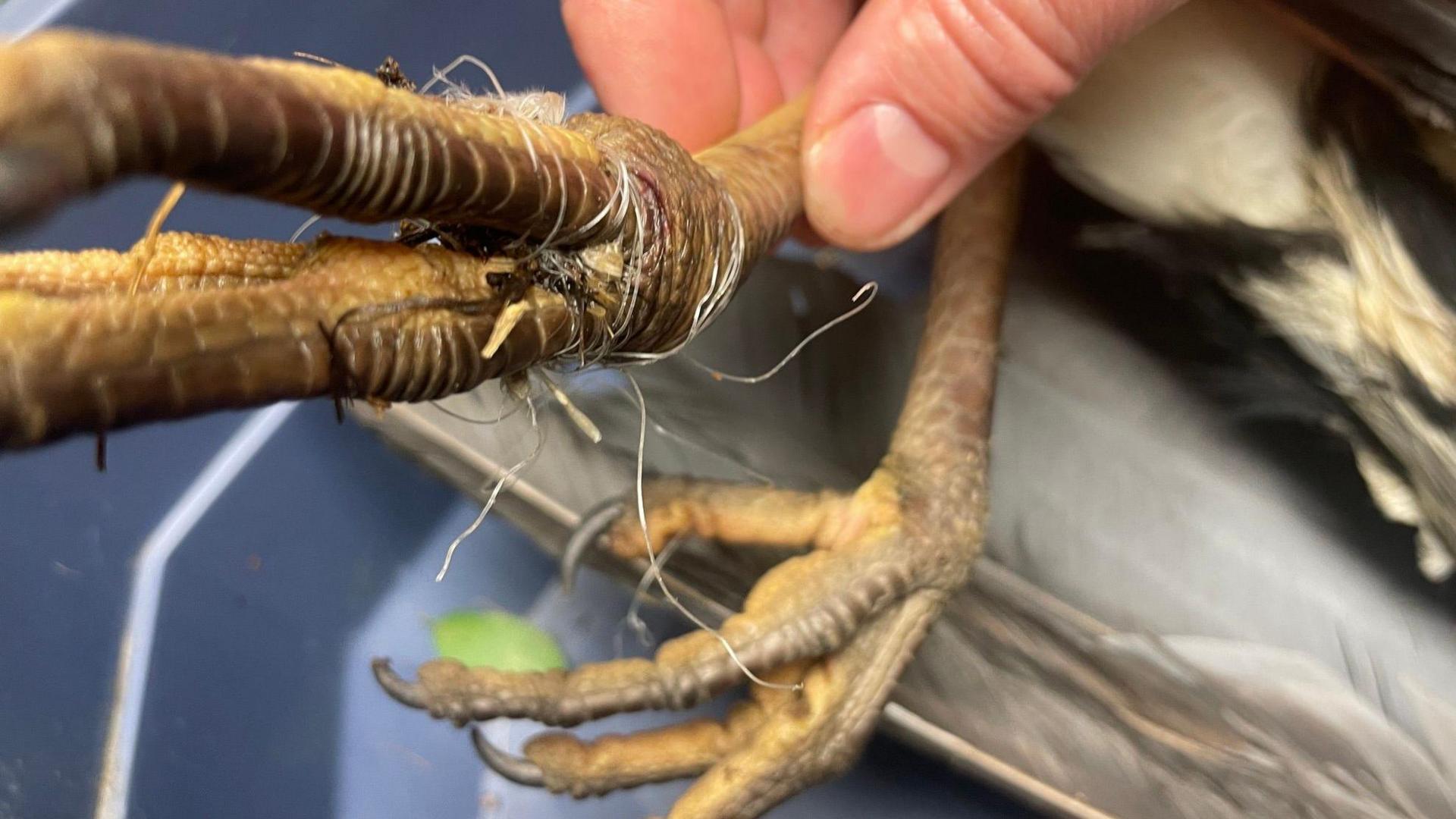
Brinsley Animal Rescue says it receives four or five calls a week about animals trapped by fishing wire but only manages to save one in 20
- Published
A wildlife rescuer has said a heron which was found caught in fishing line managed to beat the odds to be released back into the wild.
Brinsley Animal Rescue said it received four or five phone calls a week about wildlife trapped in fishing wire but only managed to rescue one in 20 successfully.
So when Jon Beresford, co-founder of the centre, received a call about a wounded heron trapped in fishing wire at the Ilkeston canal, he did not hold out much hope of a positive outcome.
However, he was not only able to capture the bird but nurse it back to health and it has now been released back into the wild.
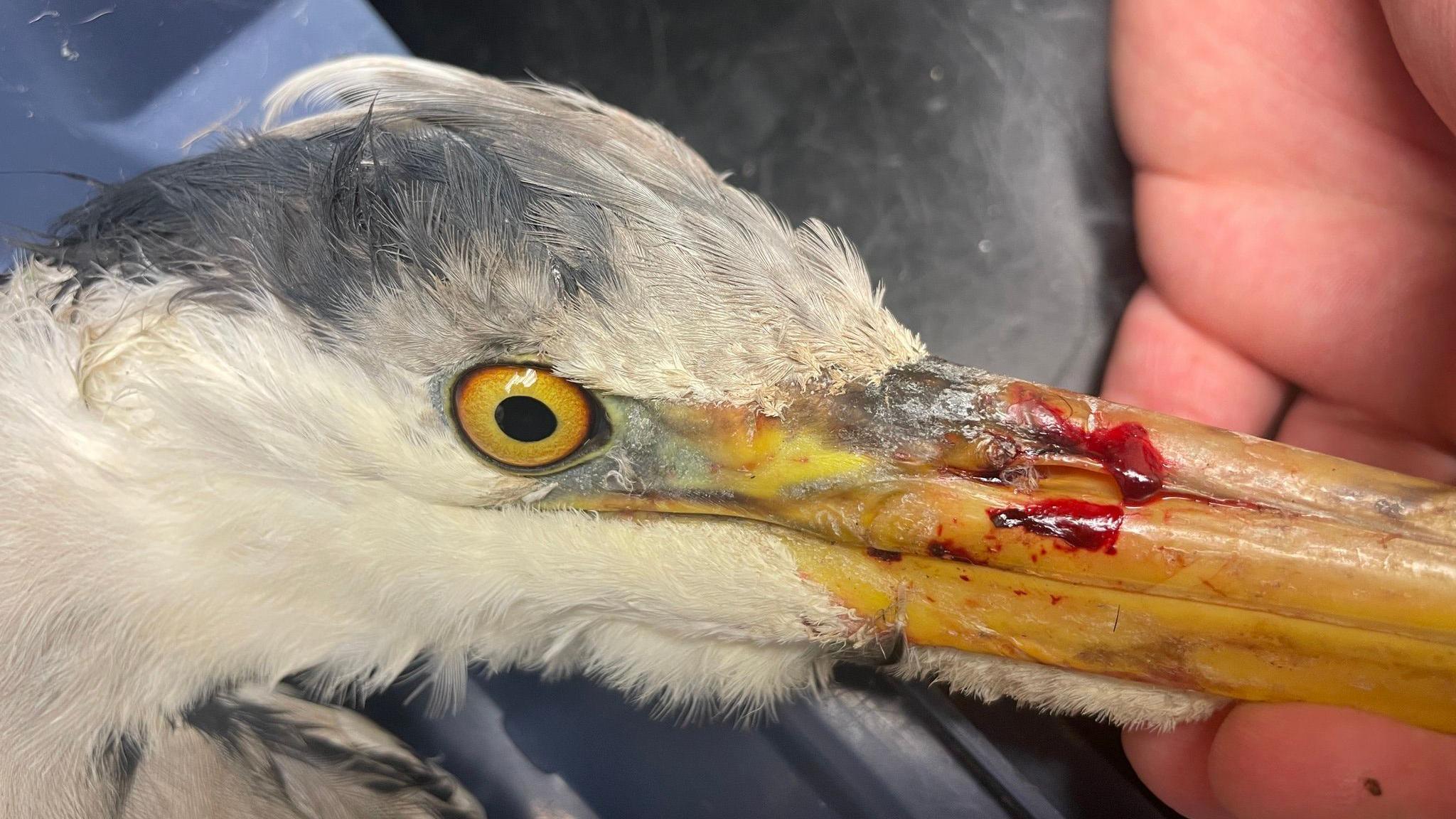
The heron was left with superficial wounds to its beak and wing but was weak as it had been trapped by the wire for days.
Mr Beresford said: "It's a massive frustration that I get so many calls for ducks, geese and other birds caught in fishing wire and it's very rare that I can do anything.
"If they are on or near water, they are very difficult to catch, even if they're tangled, because they just go back into the water where we have no means to catch them.
"And when we are able to catch them, they are usually starving or near to the end of life by that point, so by then, the chances are fairly slim."
Mr Beresford said it took four days before he was able to get to the heron at Ilkeston Canal, which was left with a wound in its wing and another on its beak.
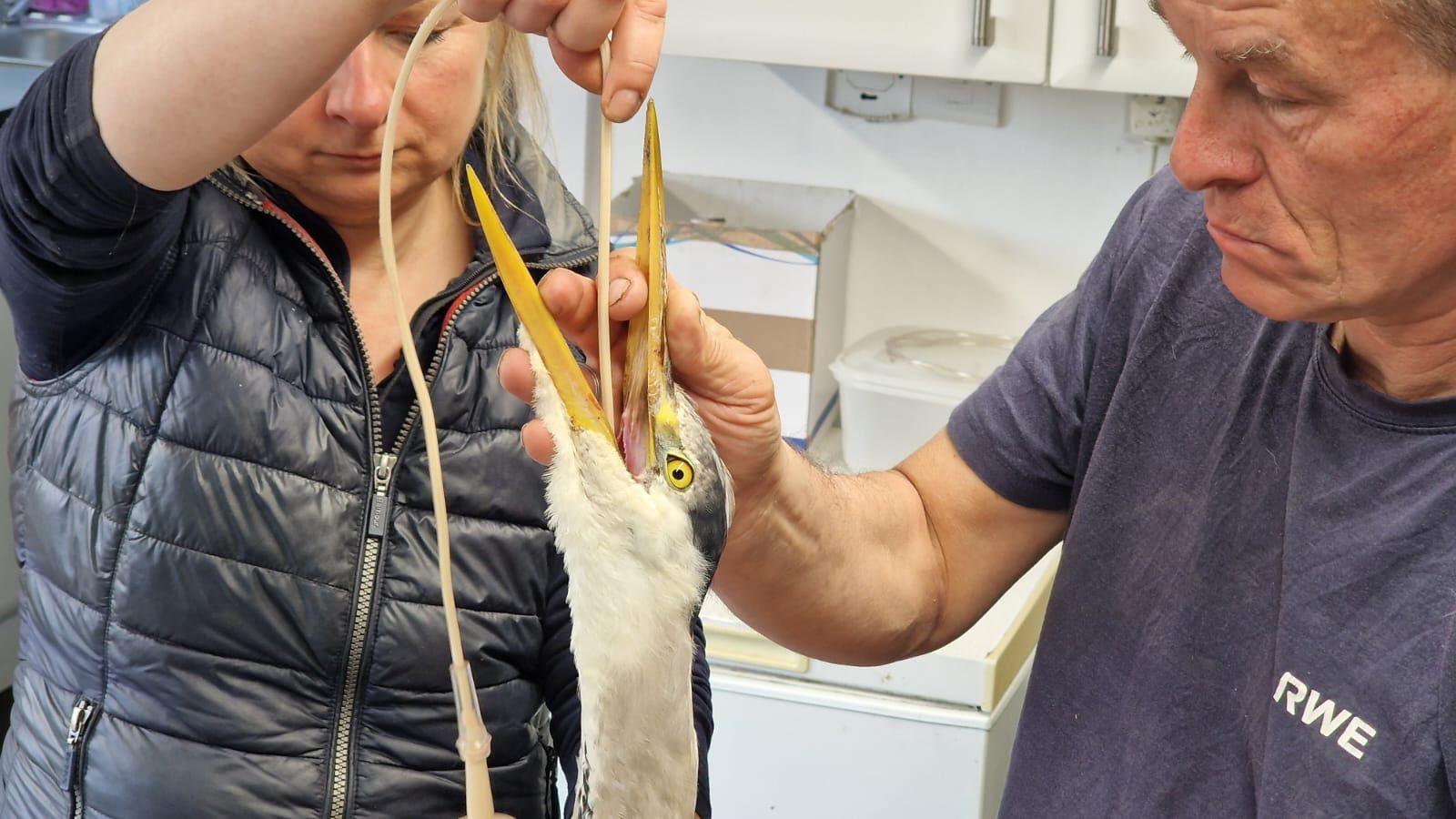
The heron was fed a special recovery liquid to build up its strength before it moved back onto fish
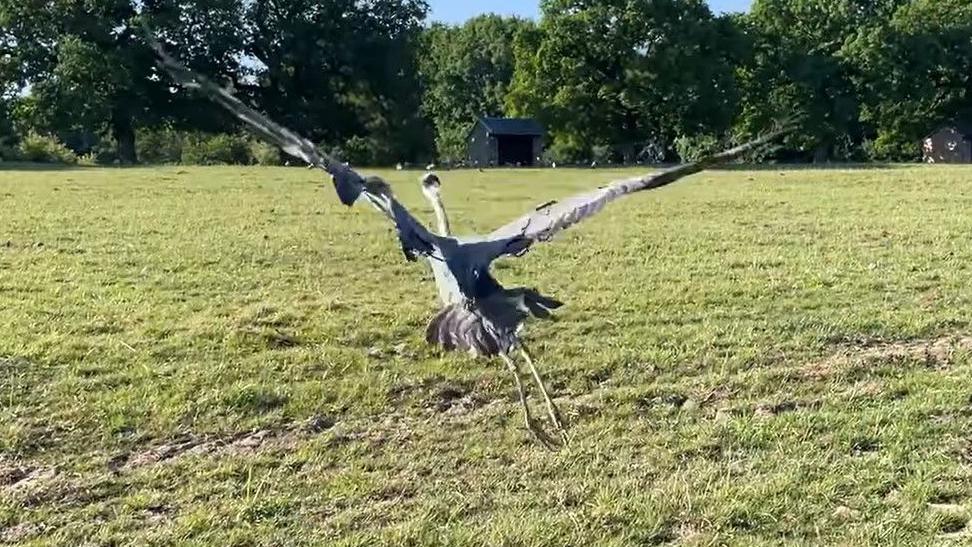
Rescuers took the heron to a field at the weekend to see if it could fly - and it took off back into the wild
It was then taken to a vet and put on a drip, before rescue centre staff started the process of feeding the heron themselves and allowing it to build up its strength over several weeks.
The bird was initially fed on special liquid recovery food, before being force fed fish, until he started eating on his own.
"Then at the weekend, we decided it was time to see if he could fly," Mr Beresford said.
"We took him to our big field, so that if he couldn't make it very far, he'd be easier to catch again.
"But he just flew and flew. It was amazing and made all the hard work worthwhile."
Follow BBC Nottingham on Facebook, external, on X, external, or on Instagram, external. Send your story ideas to eastmidsnews@bbc.co.uk, external or via WhatsApp, external on 0808 100 2210.
- Published28 April
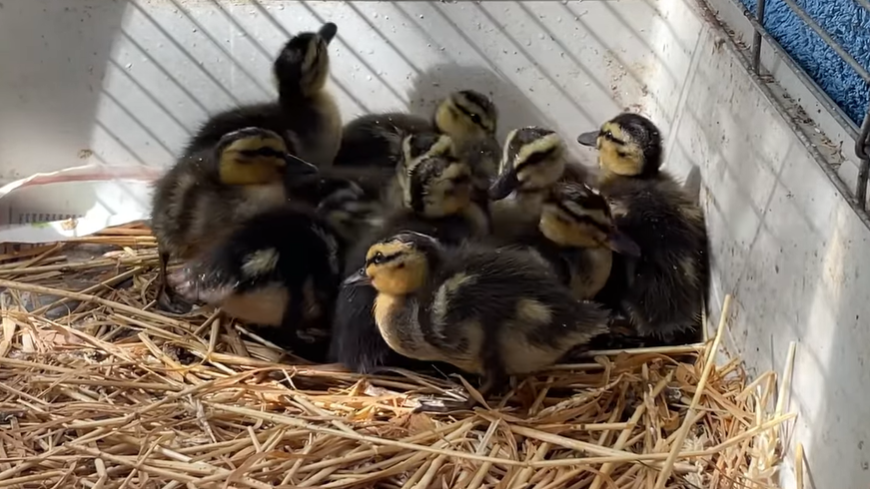
- Published10 January
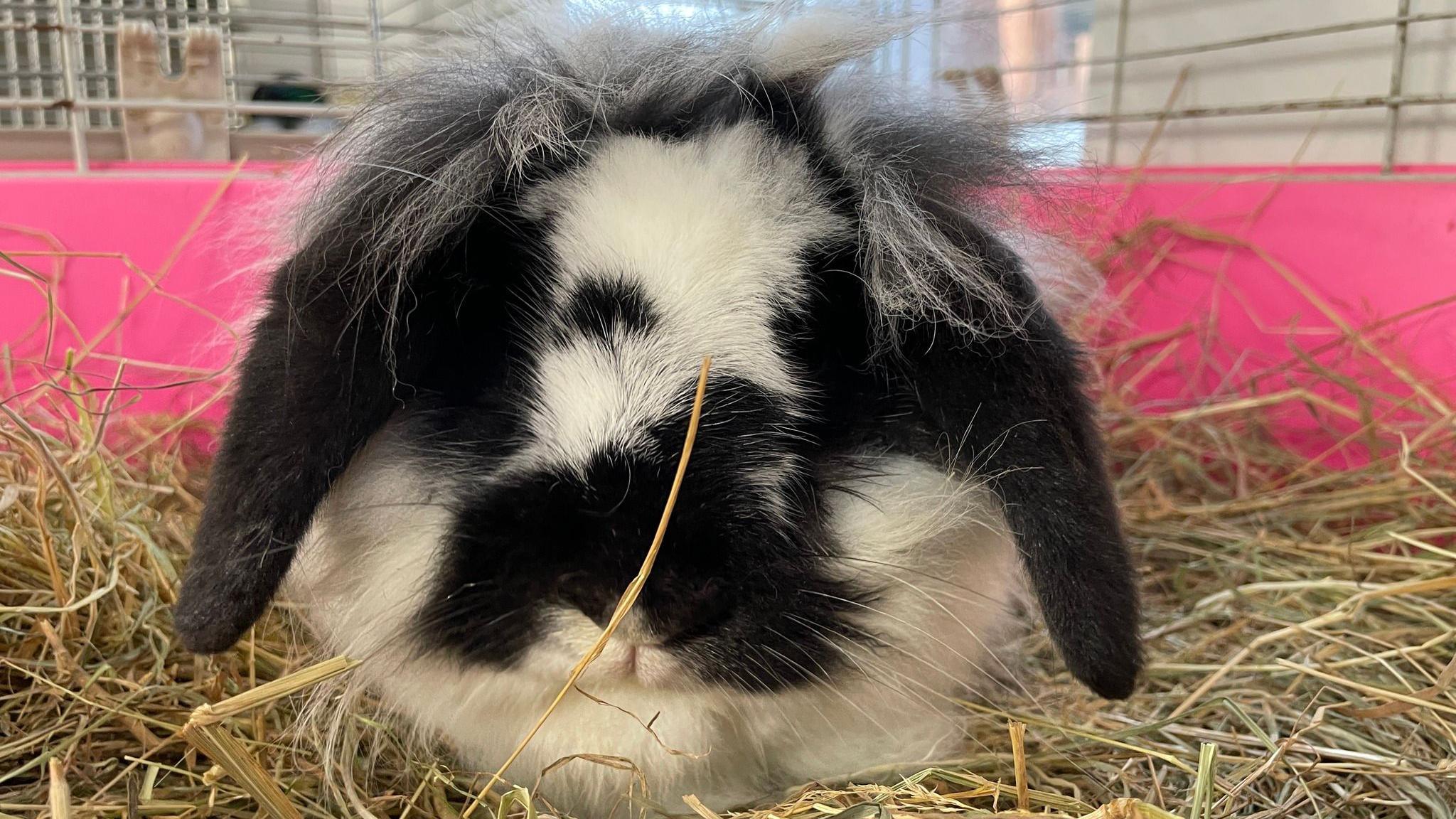
- Published18 May
